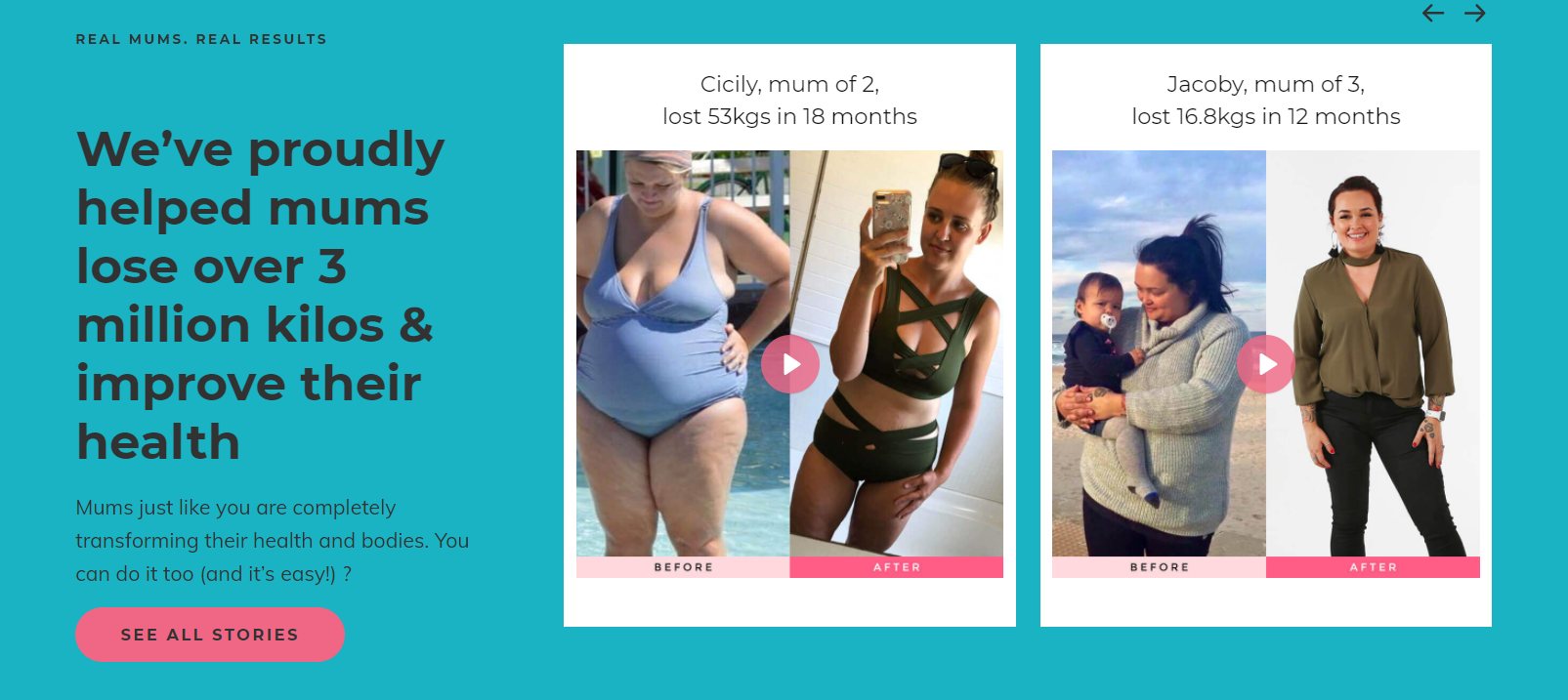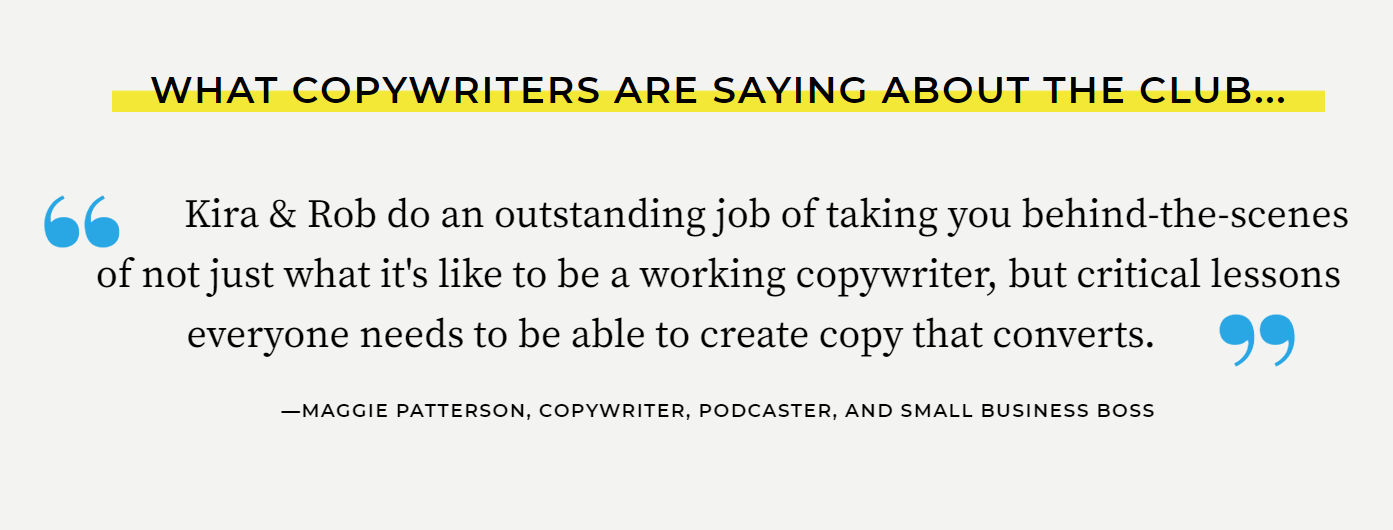There’s a reason why the national bestseller Influence, written by Psychology professor Dr. Robert B. Cialdini is “among the most important books written in the last 10 years”, according to the Journal of Marketing Research.
One, it explains the six psychological principles (or as he calls them, “weapons of persuasion”) which lead people to saying “yes” to requests. Two, it’s based on 35 years of extensive research on human behaviour.
What’s more, these principles can be used for good or for evil, as in encourage people to almost murder one another with electric shocks. Don’t believe it? Read about the Milgram Experiment.
The principles I’m about to share are powerful enough to support both lawful and unlawful decisions. When applied properly, they work. Of course, we won’t be using any of these principles to scam or harm anybody. On the contrary, we’ll be applying them to supercharge our marketing strategy.
Today we’ll be talking about 5 of them, namely:
- Scarcity
- Reciprocity
- Social Proof
- Authority
- Consistency
But before we jump into it, let’s try to understand why they work so well.
The Principles You’re About to Learn are Shortcuts of the Mind
If there’s something us humans don’t like to do, that’s thinking. As much as you try to deny it, your brain is always choosing the easiest path without you noticing.
Daniel Kahneman’s book, Thinking, Fast and Slow, goes over the principles of System 1 and System 2 thinking.
System 1 refers to the click-whirr type of thinking, to borrow from Dr. Cialdini. It’s the “lazy” type of thinking that searches for solutions that are based on our past actions and ingrained beliefs.
Thinking is hard. Having someone else do the thinking is easier, even if that someone is your past self.
You can see that in work when you scroll down a website to see reviews and testimonials. If a lot of people gave something five stars, you automatically judge that product, service, or course as good. You know that because you’ve already judged your purchases by reviews a thousand times before.
It’s like your brain goes “hey, this has happened before. Do I really need to do this all over again?”. And then it shoots for the quickest solution.
Now, System 2 refers to actually thinking for yourself, or trying your best to. When something’s new to you, your brain has to take the longer path with research and measuring out the best options. This system tires easily, and that’s why most people would rather get it over with quickly.
In the case of marketing, these shortcuts help people make purchasing decisions fast, and save them the work of looking around. Hopefully, what they need to know is already there.
Try and apply the following tactics in your next campaign.
Scarcity
“The idea of potential loss plays a large role in human decision-making.”
Way back in the Paleolithic Era (or the Old Stone Age), people had to walk alongside herds of animals if they wanted to survive. That was because these animals roamed in search of food, which was scarce at the time.
If they ever found any trace of food, they had to hold on to it for dear life. They never knew when they’d find it again.
“But it’s not like I won’t find the same product ever again”, you might say. Congratulations, you’ve just gone through the logical thinking path. But here’s where that fails:
Our brains are in System 1 mode most of the time. It flips the switch when we step in strange territory. Let’s do a brief exercise as an example:
Imagine you’re desperately shopping for tickets because you need to fly somewhere soon. You find one for the perfect price. You see the following message: “Only a few seats left. Book now”.
Would you honestly think about it potentially being a fake scarcity tactic? Would you still look around and try to find a better deal? By then, the seats could’ve been booked. Most of us wouldn’t risk it.
The key here is to make your product limited. Rare. Desirable. If you give potential buyers enough time to think whether they can come back later, you’re doing it wrong.
How to use it in your marketing:
Two words: Black Friday.
If you don’t get that Kindle for a Black Friday price, you won’t be able to get it for that price again…unless you wait until next year. And by then, you might not want it anymore.
Amazon also does a great job of warning potential buyers about products that could be out of stock soon.

They could’ve said “order in 3 hours” and given buyers a chance to look at other websites.But how soon is “soon” here? It could be in an hour, but it could also be in a minute. Again, most of us wouldn’t risk it.
Here are some expressions you can use in your marketing campaigns to tp into scarcity:
- Only a few spots left
- Time’s almost up
- Limited-time access
- Order soon
Whatever you do, DO NOT use fake scarcity. People aren’t dumb, and they don’t enjoy being fooled. Use it the right way, or don’t use it at all.
Reciprocity
“The rule says that we should try to repay, in kind, what another person has provided us.”
In plain English, doing someone a favour creates an unconscious obligation for them to reciprocate that favour.
If you don’t believe it, think back to how many times you avoided taking favours because you just knew you wouldn’t be able to reciprocate them. If you accepted them out of pressure and didn’t reciprocate it, people would think you took advantage of them. Not sure about you, but some of us can’t stand feeling guilty.
In his book, Cialdini says that ,“most of us find it highly disagreeable to be in a state of obligation. It weighs heavily on us and demands to be removed.”
And that’s why this technique works so well: if you provide someone with something of value without seeming to want anything in return, that sense of obligation will be instilled.
How to use it in your campaign:
The key is to create quality, FREE content in addition to your marketing campaigns.
The folks at Copyhackers find that a lot of leads convert because, if their free content is so valuable, imagine what could be offered in paid content!
The more prospects you genuinely help and nurture with outstanding content, the more primed they’ll be for when it comes to selling anything in your campaigns. I promise the work will be worth it.
Social Proof
“We will use the actions of others to decide on proper behavior for ourselves, especially when we view those other as similar to ourselves”
Piggybacking other people’s experiences is so much easier than thinking for ourselves, isn’t it? One single well-written testimonial could tell you everything you need to know to push you towards a purchase.
If that proof comes from someone we already know, like, and trust, the results are even better. However, since we don’t know people on the internet, social proof has a little more convincing to do.
Great social proof is powerful enough to spawn thousands of sales.
That’s why, when applying social proof to your marketing, a past customer’s experience has to closely match the experience your prospect is going through. More examples below.
How to use it in your campaign:
Make sure you apply these strategies in a way prospects can relate with the pain. Try to outline the customer journey from before the purchase to the point where they reached the desired outcome. This will create a deep emotional connection.
The Healthy Mummy’s homepage (healthymummy.com) is the perfect example of the combined power of before and afters, reviews, and testimonials.
Before and afters: When truthful, before and afters will help prospects envision their desired results.

Reviews: Have great reviews? Boast them. Note that not all of them need to have 5 stars to do the trick. They just have to show prospects you’re good and legitimate.

Testimonials and Success stories: These outline the customer’s journey from their motivators to reaching the desired outcome. Considering that prospects are going through similar situations, they’ll see themselves in the journey. The sense of possibility will increase, and so will your conversion chances.

Authority
“A multilayered and widely accepted system of authority confers an immense advantage upon a society.”
Ever since birth, we learn that obeying authorities is the way to go. Teachers and parents were bigger and smarter, and we were taught that following their advice would lead to benefits down the road.
Was that always true? No. But we grew up with that belief, and it’s too late to change that.
Again, trusting an authority’s expertise is easier than doing extensive research to find out what’s right or wrong for you. What’s more, if you can’t trust an authority on a subject, who else can you trust? So there’s that.
If you can prove your product or service is authoritative, you already have a leg up. Here’s how to boast that authoritativeness.
How to use it in your campaigns:
Expert. PhD. CEO. It goes without saying that, if you hold any of those titles, using them on a campaign — where applicable — is a must.
If including testimonials anywhere in your campaign, prefer testimonials that highlight your differentiators. Look at what a client had to say about Rob and Kira, from The Copywriter Club:

Notice how the client is essentially boasting about having worked with them. The testimonial above oozes authority from every corner.
Would you trust them? Most marketers we know wouldn’t think twice. That’s the confident feeling testimonials should convey.
Consistency
“Once we have made a choice or taken a stand, we will encounter personal and interpersonal pressures to behave consistently with that commitment.”
The consistency principle infers that people take actions based on their deep-seated beliefs, as well as what they’ve already said or done.
If they’ve promised something, they must follow through with that promise. If they believe in something, they’re likely to defend their stance whether it’s “correct” or not.
After all, no one wants to be seen as inconsistent or having mixed opinions, especially in today’s context where public opinions are widely seen and scrutinised. If you can make people publicly state their opinions, you’ve already imbued the consistency principle.
How to use it in your campaigns:
BlendJet does this well in their giveaways. One of the rules they include is: “tag a friend and comment why you want to win.”

Can you see what they did there? That’s encouraging a public commitment.
It’s a small request that won’t make people give up before trying. It’s not one of those giveaways that require people to follow 100 accounts before entering.
The key is to never start with big requests. In Cialdini’s words, allowing someone to agree with a small request makes them more likely to agree to a bigger one later, even if the big request is unrelated to the previous.
In your campaigns, make sure to kickstart a behavior that instills an obligation for people to finish what they’ve started.
Apply These Psychological Principles Dutifully
Keep in mind that you don’t have to use every single principle in one campaign. Instead, focus on the ones that would make sense to use in a particular campaign.
Lastly, use them for genuine purposes. These concepts are powerful enough to either skyrocket your sales or make you seem like a scam.
PS: If you can get your hands on Cialdini’s book, I highly recommend it.






